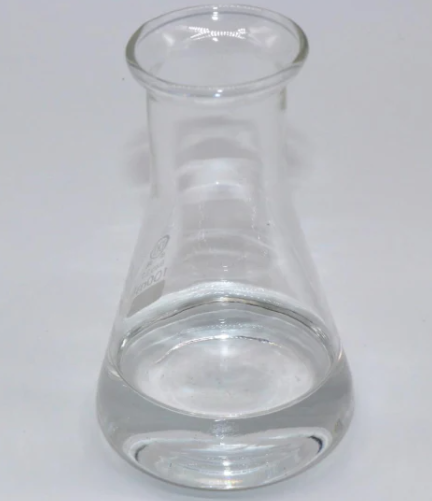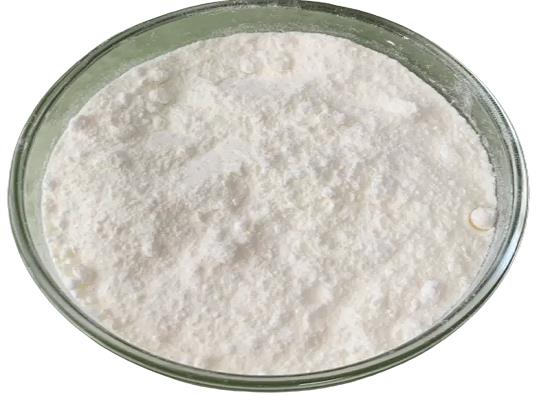Active Pharmaceutical Ingredients (API), popularly speaking, are the raw materials of medicines, only pharmaceutical raw materials are processed into pharmaceutical preparations , can they become medicines available for clinical use, so drugs we usually eat are the finished drugs through processing. Active Pharmaceutical Ingredients based on its sources can be divided into two major categories ,including chemical synthetic drugs and natural chemical drugs. Chemical synthetic drugs can be divided into organic synthetic drugs and inorganic synthetic drugs. Inorganic synthetic drugs are inorganic compounds ( very few is element), such as aluminum hydroxide, magnesium trisilicate which are used for the treatment of gastric and duodenal ulcers ; organic synthetic drugs are mainly composed of drugs made by basic organic chemical raw materials, through a series of organic chemical reactions (such as aspirin, chloramphenicol, caffeine, etc.). Natural chemical drugs ,based on its sources,can be divided into two categories including biochemical drugs and plant chemical drugs. Antibiotics are generally made by the microbial fermentation, which belongs to the biochemistry category. A variety of semi-synthetic antibiotics occurs in recent years,which are biosynthesis and chemical synthesis combining products.Among active Pharmaceutical Ingredients, the organic synthetic drugs varieties, yields and values have the largest proportion,which are the main pillars of the chemical and pharmaceutical industries. The quality of active Pharmaceutical Ingredients decides whether the formulation is good or bad , so its quality standards are very strict ,countries in the world have developed national pharmacopoeia standards and strict quality control methods for its widely used active Pharmaceutical ingredients.
Dimethyl Maleate: A Stable Compound with Safety Precautions for Handling and Storage
Dimethyl maleate (C6H8O4) is stable with no known reactive hazards, but precautions like proper handling, ventilation, and protective gear are necessary to minimize risks.
Feb 27,2024 APIN-Acetyl-L-tyrosine: Potential Health Benefits, Side Effects and Dosage Considerations
N-Acetyl-L-Tyrosine offers cognitive and stress benefits but lacks robust safety data. Consultation with a healthcare provider is crucial for dosage and interactions.
Feb 26,2024 APIEthyl 2-bromoisobutyrate: Overview, Other Properties and Synthesis
Ethyl 2-bromoisobutyrate is a crucial ester compound, synthesized by ethyl alcohol and 2-bromoisobutyric acid, valued for its hydrolysis reactivity and role in polymer synthesis.
Feb 26,2024 API3,3'-Diaminobenzidine: Applications as a Staining Agent and Interference with PCR-based DNA analysis
3,3'-Diaminobenzidine is a valuable staining agent in histochemistry and immunohistochemistry, but it can interfere with PCR-based DNA analysis, requiring caution in molecular studies.
Feb 26,2024 APINonafluorobutanesulfonyl fluoride: Characteristic, Applications in Domino Reaction and Neurotoxicity
Nonafluorobutanesulfonyl fluoride is a versatile reagent used in domino reaction process, but its neurotoxicity requires careful handling and disposal.
Feb 26,2024 APIPoly(delta-valerolactone): Properties, Synthesis and Applications in Drug Carrier Systems
Poly(delta-valerolactone) is a promising aliphatic polyester for biomedical applications, with good miscibility. Its exhibit enhanced crystallization and thermal properties in drug carrier systems.
Feb 26,2024 APILithium aluminum deuteride: Synthesis Procedure, Electrochemical lithium storage properties and mechanism
Ball milled LiAlH6 synthesis achieves 93% purity. Electrode prep with acetylene black. High capacity, low efficiency due to irreversible reactions during cycling.
Feb 26,2024 APIPalmitoyl Tripeptide-8: Biological Functions, Mechanism of Action, Benefits and Applications in Skincare
Palmitoyl Tripeptide-8 modulates skin inflammation by inhibiting α-MSH binding to MC1-R, reducing cytokines and soothing skin, ideal for sensitive skincare.
Feb 26,2024 APIMethyl glycolate: Overview, Conversion of Glucose to Methyl Glycolate and Safety Considerations
Methyl glycolate, vital in industry and polymers, is synthesized from glucose through methanolysis. Safety precautions are crucial due to its combustible nature and irritant properties.
Feb 23,2024 APISpermidine Trihydrochloride: Healthy Effects, Applications in Wound Healing and Toxicological Assessment
Spermidine trihydrochloride offers various health benefits, including autophagy induction, life extension and potential wound healing applications. It is considered safe for consumption.
Feb 23,2024 API












